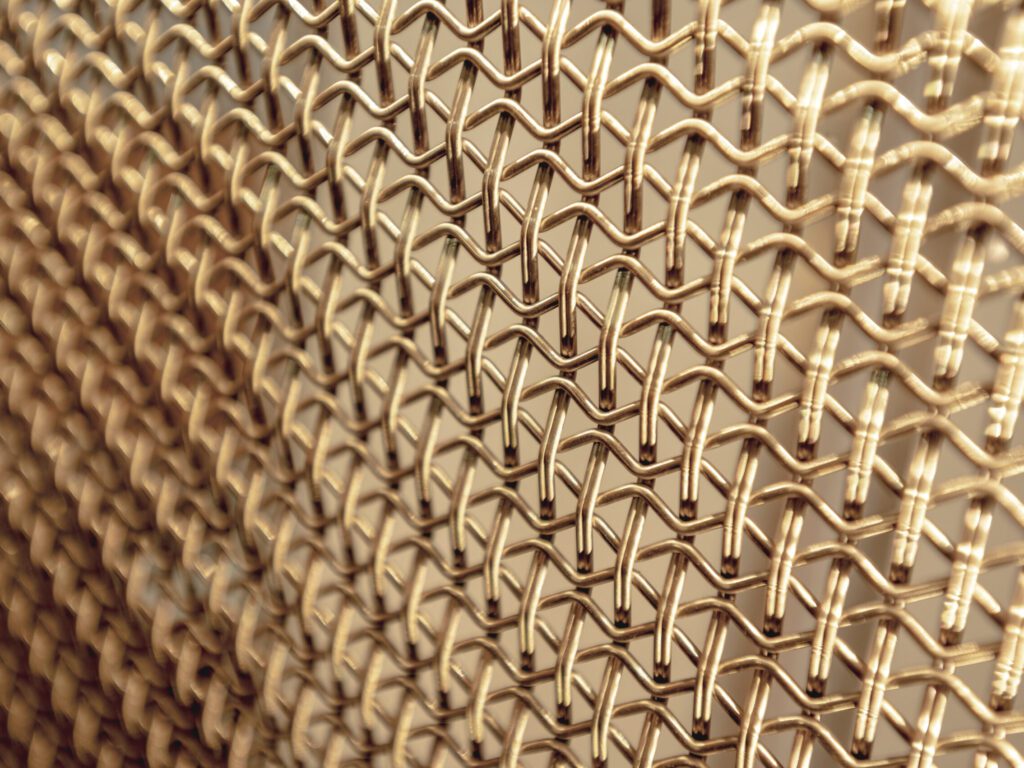In retail design, metal materials like stainless steel, aluminum, and brass serve as both functional and aesthetic elements that can transform a space.
Metals are often chosen for their durability, versatility, and modern appeal. Whether used for fixtures, displays, or architectural details, these materials can enhance the look and functionality of any retail environment. In this article, we’ll explore how metal contributes to retail design, from its impact on product presentation to its role in creating a cohesive brand experience.
As we dive deeper into how metal shapes retail spaces, we’ll look at its key advantages, such as durability, design flexibility, and its ability to elevate the customer experience. By incorporating metal into design elements, we not only improve the store’s functionality but also make a strong statement about the brand’s quality and attention to detail.
How Can Metal Enhance Retail Fixtures?
Metal fixtures provide a sleek, modern appearance while offering strength and durability.
Metal is commonly used in retail fixtures like shelving, racks, and display stands due to its strength and aesthetic appeal. Whether it’s stainless steel for a polished look or brass for an elegant feel, metal fixtures elevate the store’s visual appeal while being able to withstand the daily demands of a busy retail environment.
These fixtures are designed to not only support the products they display but also add to the store’s overall theme and identity. Their durability ensures that the retail space remains functional and stylish for years to come.

Why Is Metal Crucial for Durability?
Metal’s inherent strength makes it ideal for sustaining heavy use in high-traffic retail environments.
Metals like stainless steel and aluminum are highly durable, capable of withstanding wear and tear while maintaining their appearance over time. This is particularly important in retail spaces, where fixtures, racks, and displays are in constant use and exposed to heavy traffic.
The long-lasting nature of metal materials translates into fewer replacements and maintenance costs, making them a smart investment for retailers looking to create enduring spaces. Moreover, these materials reflect a brand’s commitment to quality and reliability, reassuring customers about the longevity of both the store and its products.

How Does Metal Adapt to Different Design Styles?
Metal offers unmatched versatility, allowing it to seamlessly fit into any design concept, from sleek modern to rustic industrial.
Whether it’s polished chrome for a minimalist look or brushed brass for a vintage feel, metal materials can be molded to suit various retail styles. This adaptability ensures that metal can complement a wide range of aesthetics, from high-end fashion boutiques to tech-savvy gadget stores.
Thanks to its malleability, metal can be shaped into custom designs, allowing it to align perfectly with a brand’s vision. The integration of metal into a store’s design can be bold or subtle, depending on the desired outcome, making it a versatile choice for designers and retailers alike.

How Does Metal Impact the Customer Experience?
Metal not only enhances a store’s visual appeal but also plays a key role in shaping the overall customer experience.
The reflective nature of metals like stainless steel and aluminum helps create an environment that feels open, bright, and inviting. By reflecting light, metal elements can make small spaces appear larger and more dynamic, guiding the customer through the store and highlighting key products.
Moreover, the tactile feel of metal, with its smooth surfaces and cool texture, contributes to an upscale and sophisticated shopping experience. Customers are likely to associate this high-quality finish with the premium nature of the store, influencing their perception of the brand.

Conclusion
Metal is more than just a material in retail design; it’s a powerful tool that blends beauty, durability, and flexibility.
By using metal strategically, retailers can create spaces that not only showcase their products but also communicate their brand’s strength and attention to detail. The adaptability of metal allows it to enhance a wide range of design styles while ensuring durability and longevity, making it an essential material in modern retail spaces.
Ultimately, the use of metal in retail design helps create an engaging environment that enhances the customer journey, leaving a lasting impression of quality and sophistication.













